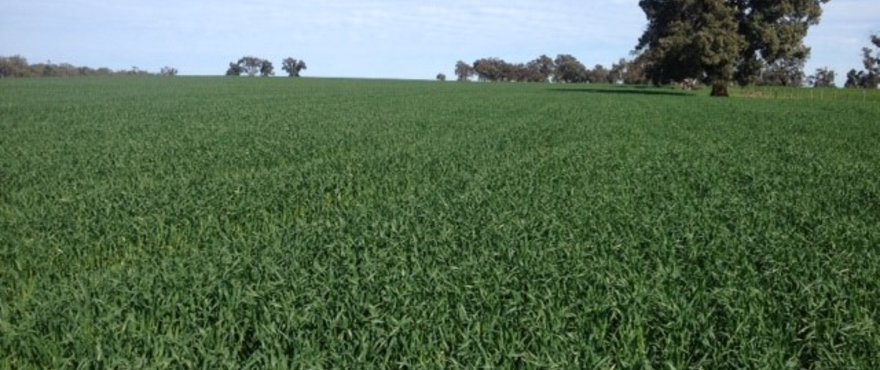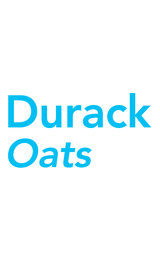Durack Oats are a potential milling variety with dual purpose hay/grain potential.
Durack Oats (trialled as WA02Q302-9) are a moderately tall variety similar in height to Carrolup and Yallara measuring between 80 and 90cm. It is a short season variety (7 to10 days earlier in maturity) than Carrolup, Williams or Bannister which makes it suitable to low to medium rainfall areas and late planting in high rainfall zones. Durack Oats has good lodging and shattering resistance and good early
vigour. Grain yield is similar to other tall varieties like Carrolup and Yallara across all states and an improvement compared to tall varieties bred for hay. Overall grain quality is excellent with good hectolitre weight and protein.
Key features
• Maturity – Early maturing (minimum 1 week earlier than
Carrolup, Williams & Bannister)
• Excellent grain quality with low screenings and high
groat percentage
• Establishment – Very good early vigour
• Resistant to CCN R
Advantages
• Widely adaptable – suited to mid to low rainfall areas
• Stands tall – Good lodging resistance
• Competitive yield similar to Carrolup and Yallara
Benefits
• Bred and selected to give growers in non traditional,
lower rainfall regions a suitable option
• Retains excellent grain quality even in a tough finish
• Offer growers in medium to high rainfall zones a good
option in case of a late break
Establishment
The recommended planting rate for Durack Oats is 60-70kg per hectare. Sowing rates are related to the end use targeted and expected rainfall. For hay production rates should be increased. Ideal sowing time varies from from region to region with early to mid May being the standard. The variety will offer growers an option for later plantings for weed control or late breaks in the traditional oat growing areas.
EPR
An EPR of $2.30 /T (TBC) exc. GST is payable on all production excluding farm saved seed.
PBR This variety is registered under Plant Breeders Rights (PBR) in Australia. Unauthorised commercial propagation or any sale, conditioning, export, import or stocking of propagating material is
an infringement under the Plant Breeders Rights Act (1994). Any breach of this legislation will leave the grower liable for prosecution.
Disease Resistance/Tolerance:
Haymaker has demonstrated resistance to Chocolate Spot (Botrytis), Rust (Uromyces) and Ascochyta (Ascochyta spp.). Haymaker Woolly Pod Vetch adds to the rotation by providing an excellent alternative crop for controlling cereal root diseases.
Variety Management/Agronomy:
Regeneration
Haymaker Vetch produces 80-90% hard seed. This is advantageous for crop/pasture rotations that require long term persistence.
Grazing
Vetch is not suited to close grazing as their growing points are well above ground level. However, in longer season environments Haymaker can be lightly grazed successfully during winter and early spring provided that the growing points are not damaged. Heavy grazing can cause significant damage to the plant and it may not recover. Bloat can be a problem on pure legume stands and stock will have to be watched if grazing green Vetch paddocks.



